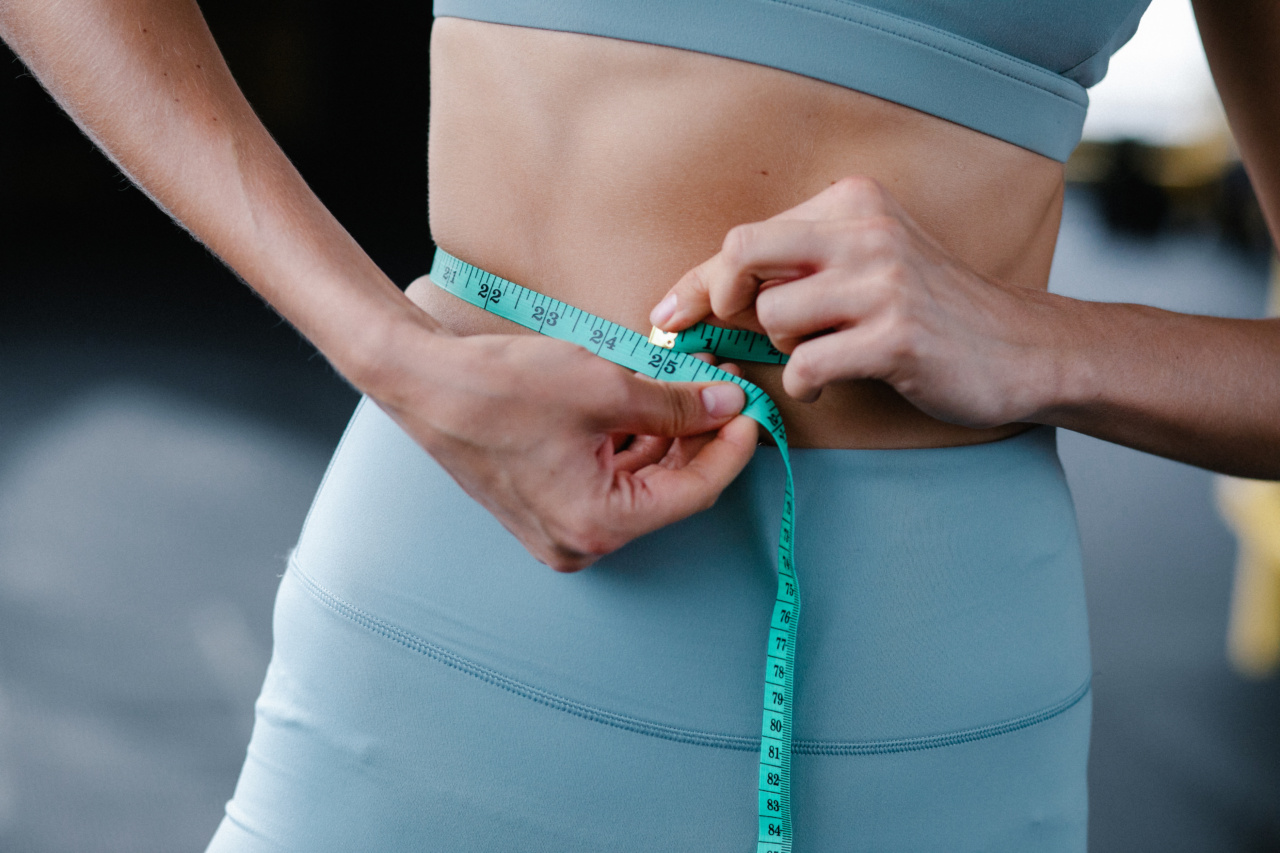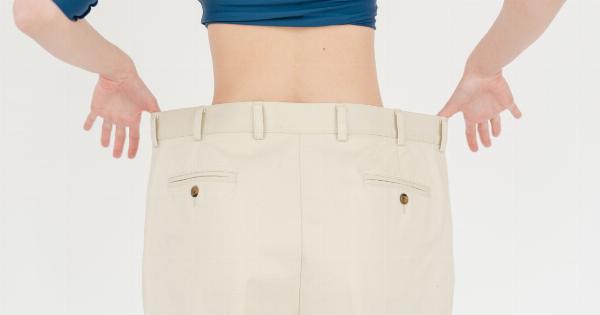When it comes to measuring our health, there are several factors that we typically take into consideration, such as blood pressure, cholesterol levels, and body mass index (BMI).
However, did you know that measuring your waist can also provide valuable insights into your overall health and even help determine how many years you have left? It may sound surprising, but there is scientific evidence supporting the correlation between waist circumference and life expectancy. In this article, we will explore this intriguing concept and show you how to calculate how many years you have left using your waist measurement.
The waist-to-hip ratio
Before we delve into how to measure your waist and interpret the results, let’s first understand the concept of the waist-to-hip ratio. The waist-to-hip ratio is a numerical value that compares the circumference of your waist to that of your hips.
It is calculated by dividing your waist measurement by your hip measurement. This ratio provides an indication of the distribution of fat in your body and is a proxy for overall body composition.
Individuals who carry more fat around their waist, known as central or abdominal obesity, have been found to be at a higher risk of developing various health conditions, including cardiovascular disease, type 2 diabetes, and certain cancers.
Moreover, research has shown that an increased waist-to-hip ratio is associated with a shorter life expectancy.
How to measure your waist
Now that you understand the importance of your waist measurement, let’s learn how to measure it accurately. Follow these steps to get an accurate waist circumference:.
Step 1: Preparation
Make sure to wear form-fitting clothing or remove any bulky layers that may interfere with the measurement. Use a flexible measuring tape and ensure it is placed directly against your skin for accurate results.
Step 2: Find your waist
Locate your natural waistline, which is generally the narrowest part of your torso. If you find it challenging to identify your natural waistline, try bending to one side, and a crease will form at the waist.
Step 3: Take the measurement
Wrap the measuring tape around your waistline, parallel to the floor. Make sure the tape measure is snug but not too tight. Take note of the measurement in either centimeters or inches, depending on your preference.
What does your waist measurement mean?
Now that you have your waist measurement, you can determine what it means for your health and longevity.
Generally, women with a waist circumference exceeding 35 inches (88 cm) and men with a waist circumference exceeding 40 inches (102 cm) are at an increased risk of developing obesity-related health conditions.
However, to calculate how many years you have left based on your waist measurement, you’ll need to consider other factors. Your age, sex, lifestyle, and genetic predisposition all play a significant role.
For a more accurate assessment, it is advisable to consult with a healthcare professional who can take all these factors into account.
The link between waist circumference and life expectancy
Research has shown a robust link between waist circumference and life expectancy.
A study published in the Annals of Internal Medicine found that both men and women with a larger waist circumference had a shorter life expectancy compared to those with a smaller waist circumference.
Another study conducted by the Mayo Clinic analyzed data from over 650,000 adults and found that individuals with the largest waist circumferences had twice the risk of dying prematurely compared to those with the smallest waist circumferences.
The results held true even after considering other risk factors such as BMI and waist-to-hip ratio.
Calculating your potential years left
While it is impossible to predict exactly how many years you have left solely based on your waist measurement, the following formula can provide a rough estimation:.
Years left = Waist measurement (cm/inch) – Desired waist measurement (cm/inch)..
The desired waist measurement refers to the waist circumference associated with the lowest risk of developing obesity-related health conditions. For men, it is typically below 40 inches (102 cm), and for women, it is below 35 inches (88 cm).
The formula assumes that each additional inch or centimeter above the desired measurement reduces life expectancy by a certain amount, primarily based on the research mentioned earlier.
Keep in mind that this calculation has its limitations and should not be solely relied upon as an absolute measure of your life expectancy.
It is crucial to remember that many other factors influence health and longevity, including genetics, lifestyle choices, and overall well-being.
Using your waist measurement as a motivator
While the calculation above may not provide an accurate and definitive answer, it can still serve as a motivational tool to initiate lifestyle changes.
If your waist measurement exceeds the desired range, it indicates that you may be at an increased risk of developing obesity-related health conditions and potentially living a shorter life. This realization can be a powerful motivator to adopt a healthier lifestyle and make positive changes.
By incorporating regular exercise, adopting a balanced diet, and maintaining a healthy weight, you can reduce your waist circumference and enhance your overall health.
Engaging in activities that specifically target abdominal fat, such as core exercises and cardiovascular workouts, can be particularly beneficial.
Conclusion
Measuring your waist and understanding the associated health risks can provide valuable insights into your overall well-being.
While it is impossible to accurately predict how many years you have left based solely on your waist measurement, scientific evidence suggests a strong correlation between waist circumference and life expectancy. By maintaining a healthy waist measurement and adopting a healthy lifestyle, you can improve your overall health and potentially increase your life expectancy.





























